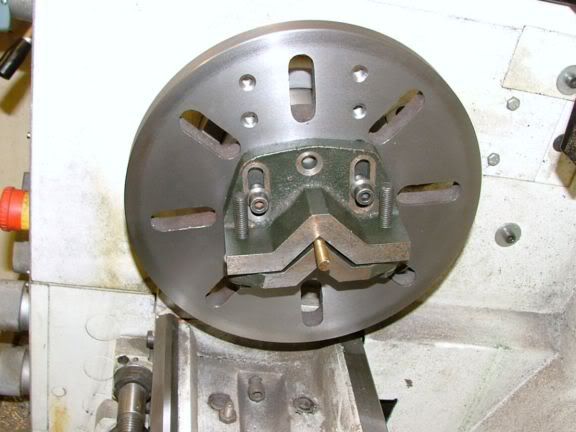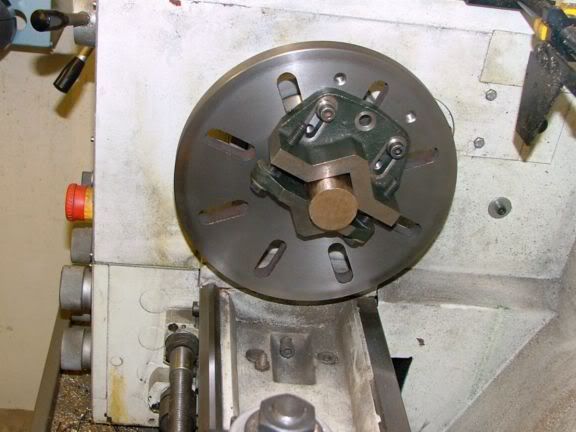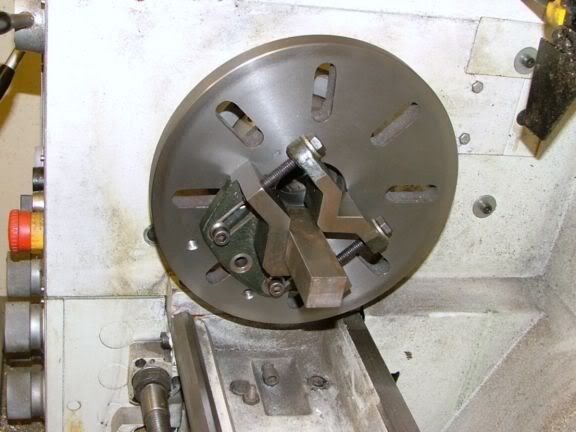fcheslop
Well-Known Member
Iv used an HBM chuck for several years and its more accurate than the hardly used Bison that came with the lathe
https://www.rdgtools.co.uk/acatalog...ERING-CHUCK--FRONT-MOUNT--432583.html#SID=313
Has anyone made this I keep promising to build one
[ame]https://www.youtube.com/watch?v=8d61F_EhiX0&t=1608s[/ame]
https://www.rdgtools.co.uk/acatalog...ERING-CHUCK--FRONT-MOUNT--432583.html#SID=313
Has anyone made this I keep promising to build one
[ame]https://www.youtube.com/watch?v=8d61F_EhiX0&t=1608s[/ame]












